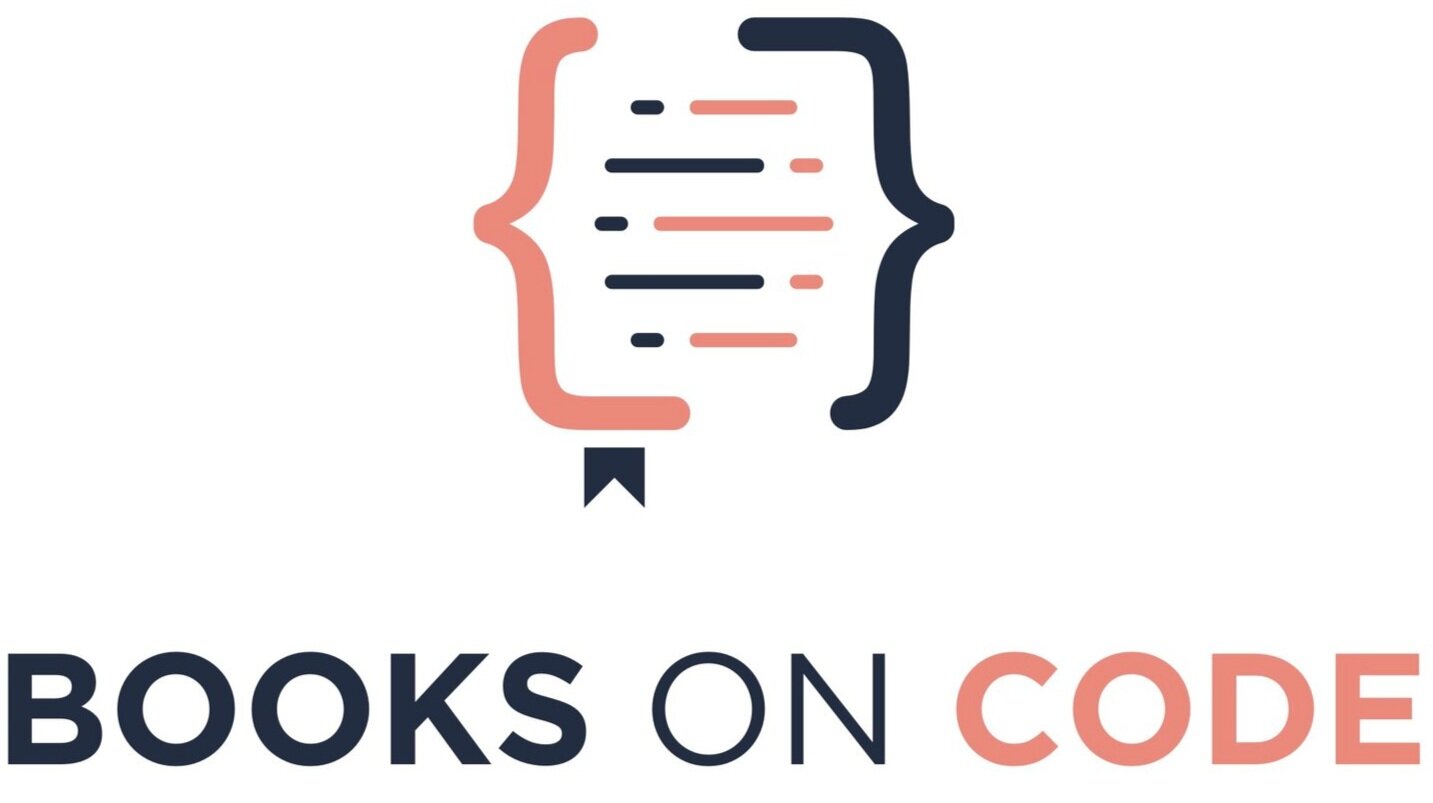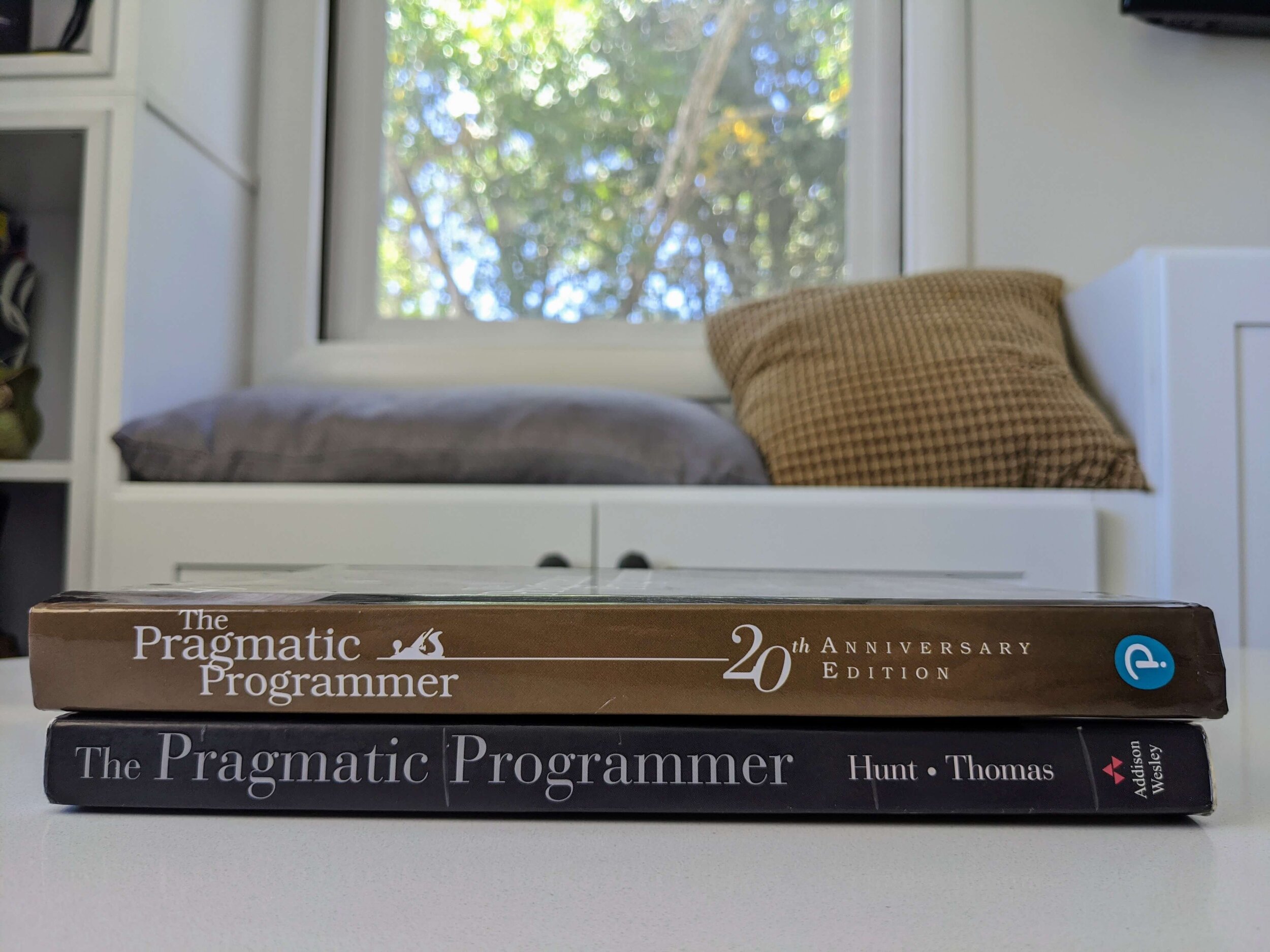7 Classic Programming Books You Won’t Stop Hearing About
If you’re looking for a cut-and-dry list of the books that you will constantly hear about throughout your programming career, this article is for you.
Today, we are talking Classics, and by classics, I mean these are the books that are in the canon of most developers, whether they’ve read the book or not. These programming books are some of the most influential books of all time.
Like with Shakespeare, programmers use language to talk about ideas that originated from somewhere. Most programmers have heard the word DRY, for example. But do you know where the word comes from?
In this article, I collected books that are truly classics. They are the most influential and have had staying power in the programming zeitgeist.
Here are the top 7 classic programming books everyone should read or at least know about:
Book 1: The Pragmatic Programmer
The Pragmatic Programmer, published 1999 (first edition) and 2019 (second edition), is by David Thomas and Andrew Hunt.
The book has a humble origin story:
In the beginning, Thomas and Hunt were working as consultants helping companies fix their code bases. Tired of preaching the same principles over and over, they decided to write a little manual. But the little manual turned into a big manual. On a whim, they decided to send their big manual for publication and were shocked that to get a book deal out of it.
Needless to say, the book had a profound impact. The theme of the book can be summarized in “think for yourself.” In an industry that gets swept up in trends, we do things just because we feel they are the way they are supposed to be done. A truly great programmer can step back and determine what is effective.
The book is remarkable for having style. It is written in an engaging, almost literary manner. The book introduces metaphors and new ways to think about code. One of the most well-known metaphors is of a home, representing your code, and of a broken window representing technical debt that lowers the overall perceived value and care you give to the codebase.
This book also introduces the concept of Don’t Repeat Yourself (DRY), which is revised in the new edition so that readers do not take it as literally as the authors intended.
If you want to learn more about the book and learn more about the authors, I highly recommend this Codenewbie podcast episode with the authors.
Book 2: Clean Code
Clean Code by Uncle Bob is a 2008 publication that took the programming world by storm. Clean Code pairs well with The Pragmatic Programmer because both books preach that the smallest pieces matter. Horrendous code bases originate from single lines of code written carelessly, which compound over time into big problems.
As programmers, we are responsible for each line of individual code. The book aims to instill in us the value of taking great care of each smallest pieces as well as taking responsibility. In the professional world, it is all-too-tempting to divert blame from messy code.
The book is written with a tone of urgency, as if reflecting on the experience of many messy code bases that have ruined morale and company bottom lines. Clean Code teaches about the importance of naming variables and objects as well as the importance of recognizing smells and developing a sense for how code should feel.
If you’re interested in learning more about this book, I give an overview of some of the biggest principles in Clean Code.
Book 3: The Clean Coder
The Clean Coder, also by Uncle Bob, is a 2011 publication that is praised and referenced almost as much as Clean Code. Similar in name but not in content, The Clean Coder is about the human side of being a programmer:
Conducting oneself professionally
Dealing with personal conflict and bad managers
Managing your time
Fostering a healthy team environment
Establishing healthy boundaries
As programmers, we often focus so much on the craft that we forget to focus on all of the soft skills that matter just as much. Clean Coder bridges that gap and drives awareness for healthy teams where it is needed.
Book 4: Code Complete
Code Complete, published by Microsoft Press in 1993 (first edition) and 2004 (second edition), is by Steve McConnell. The book is one of the most widely known foundational books in computer science, which talks about the principles of code construction.
The construction of a codebase is broken up into design, construction planning, coding and debugging, unit testing, integration, and integration testing. As you may have detected by now, no book becomes a classic by relaying simple ‘how-to’ information. This book also talks about coding principles and good craftsmanship.
Despite its age, the book is still widely read and praised.
Book 5: Agile Software Development with Scrum
Agile Software Development with Scrum is a 2001 publication by the founders of Scrum, Ken Schwaber and Mike Beedle. While Ken Schwaber has written other books on Scrum, this first book was a defining moment in the programming world. This book describes the all new approach to managing programming concepts.
Agile methodology is so widespread in the tech world that it’s hard to believe it ever had origins. This book shows readers for the first time how to use the Scrum and Agile process while explaining its theory and benefits in the context of the extreme programming methodology (XP).
Book 6: Design Patterns: Elements of Reusable Object-Oriented Software
Design Patterns is a 1994 Addison-Wesley Publication by multiple authors and the most influential book on programming design patterns that programmers read and benefit from to this day.
This book operates as a ‘catalog,’ offering solutions to common programming problems. This textbook is a good ‘second-year’ book, assuming knowledge of object-oriented programming in languages like C++.
What is most remarkable about this book is its timelessness. It is loved and recommended to this day as a useful book on design patterns.
Book 7: Structure and Interpretation of Computer Programs
Structure and Interpretation of Computer Programs is a 1996 MIT publication by multiple authors, including Hal Abelson, who is a highly influential figure in the computer programming world, serving as founding director for both Creative Commons and the Free Software Foundation. This book hugely influenced computer science programs by teaching high-level systems of abstraction that fundamentally change the way we think about computing.
The book is heavier and more mathematical than the other books listed. But the material is extremely well done and continues to inspire to this day.
Conclusion
I hope you got a sense for all of these seven classic programming books. They are all worth exploring more and learning from. If you do end up taking the time to read each of the books in this list, you will be well learned in the history, literature, and foundations of computer programming.
Most inspiring about this list is that programmers indeed have a literature. With a craft that is constantly changing, we may feel swept away by learning new frameworks. But foundations, principles, and clean code remain stable. Design patterns remain true.
Programmers do have a fundamental, core craft that they can return to and appreciate — beyond all of the abstractions we enjoy in the present.
I hope you enjoyed this article. If you want to get a great summary of Clean Code, I have all of the key principles of Clean Code condensed right here. I hope you enjoy and I’ll see you over there. 👋 😁








